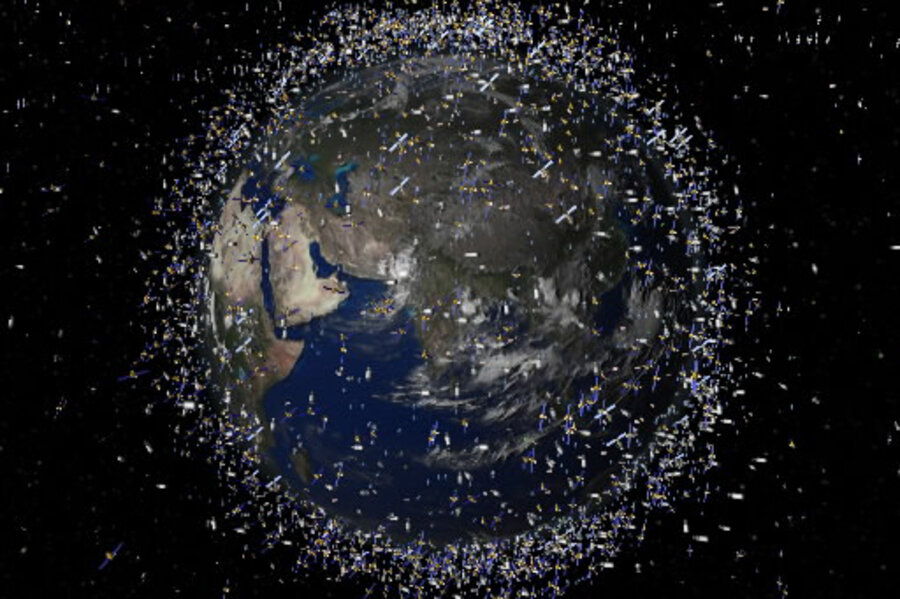Why scientists can't wait for a piece of trash to fall to Earth
Astronomers predict that on November 13 a piece of “space junk” will plummet to Earth from above the Indian Ocean, about 40 miles off the coast of Sri Lanka. Most of the unidentified object will likely burn up, with any leftovers expected to plunge into the ocean.
Astronomers say the object, dubbed WT1190F, is likely a component from a rocket or from a recent mission to the moon. Skywatchers first spotted the debris earlier this month from the Catalina Sky Survey, a lab at the University of Arizona in Tucson that identifies asteroids and comets that swing close to Earth.
"It's coming in fast and will get very hot,” Jonathan McDowell, an astrophysicist at the Harvard-Smithsonian Center for Astrophysics told Popular Mechanics. “It's possible a few dense parts of say a rocket engine will survive to impact the ocean," he said.
NASA estimates that there are roughly 500,000 pieces of debris orbiting the planet, and some of that detritus inevitably falls back to Earth every year. While much of it burns up in the atmosphere, it can cause problems for people on Earth. As The Christian Science Monitor previously reported: "In 2006, a Chilean airliner carrying 270 passengers came within 35 seconds of colliding with a derelict Russian satellite that was plummeting into the Pacific faster than the speed of sound."
Although space debris hits Earth each year, researchers don’t often spot it before it strikes. Identifying WT1190F before it touches down is a win for astronomers because it allows them to study its trajectory and to test their worldwide response procedures in case a dangerous space object crashes onto Earth, reports Nature.
“What we planned to do seems to work,” Gerhard Drolshagen, co-manager of the European Space Agency’s near-Earth objects office in the Netherlands, told Nature. “But it’s still three weeks to go,” he said.
WT1190F is between 3 to 7 feet in size, astronomers say, and with a low density and probably hollow, suggesting it's an empty rocket stage. Dr. McDowell calls it “a lost piece of space history that’s come back to haunt us” as it is possible that the object has been orbiting far beyond the moon for decades, dating back to the Apollo program of the 1960s and early 70s.
Although this piece of debris is not expected to cause any damage on Earth when it touches down on November 13, “I would not necessarily want to be going fishing directly underneath it,” astronomy software developer Bill Gray, who has been tracking the debris with astronomers at NASA’s Jet Propulsion Laboratory, told Nature.








